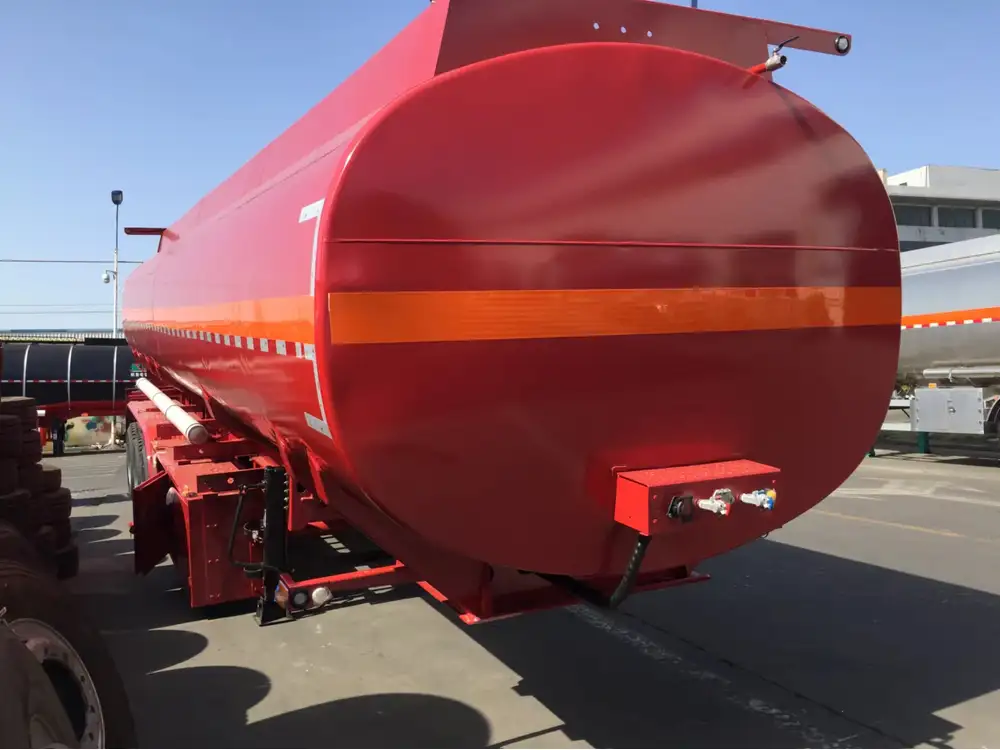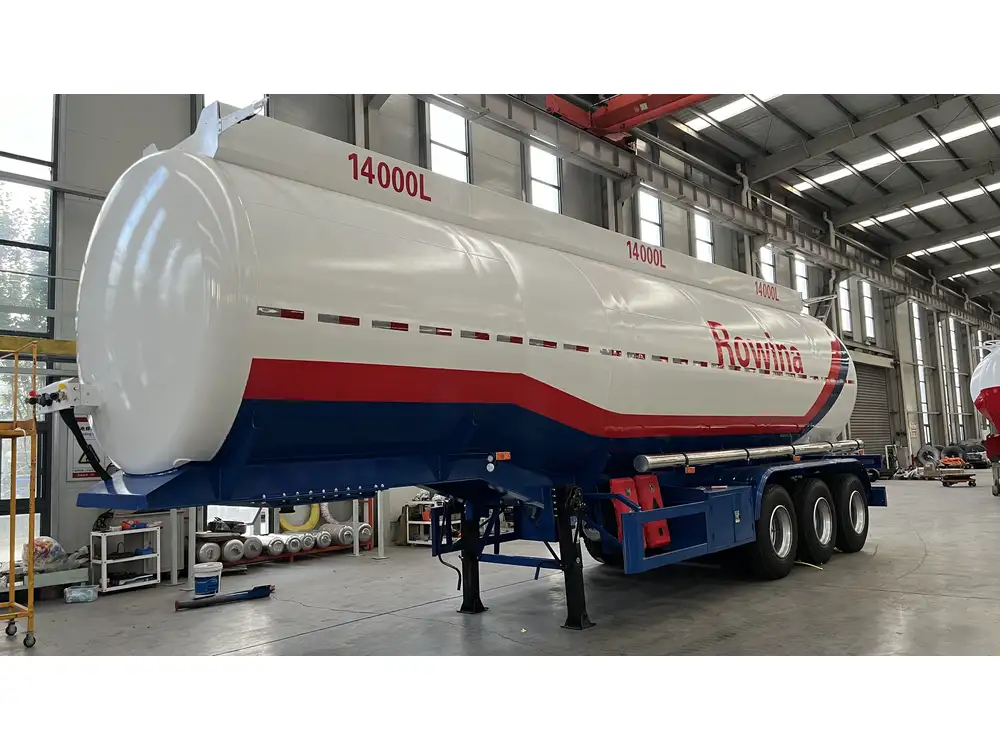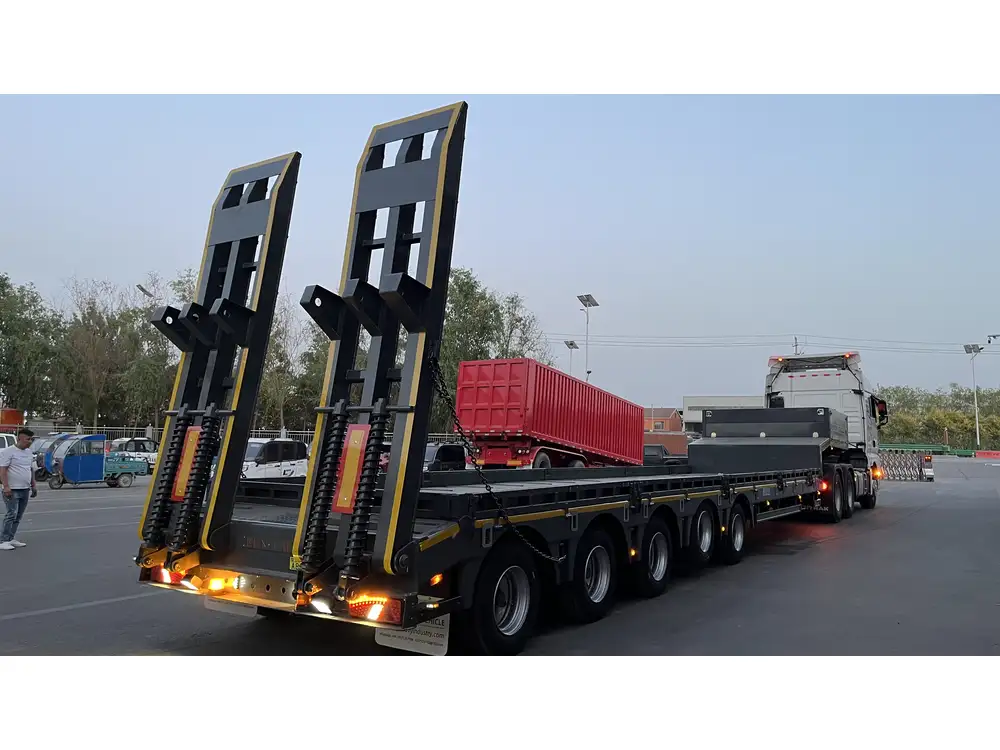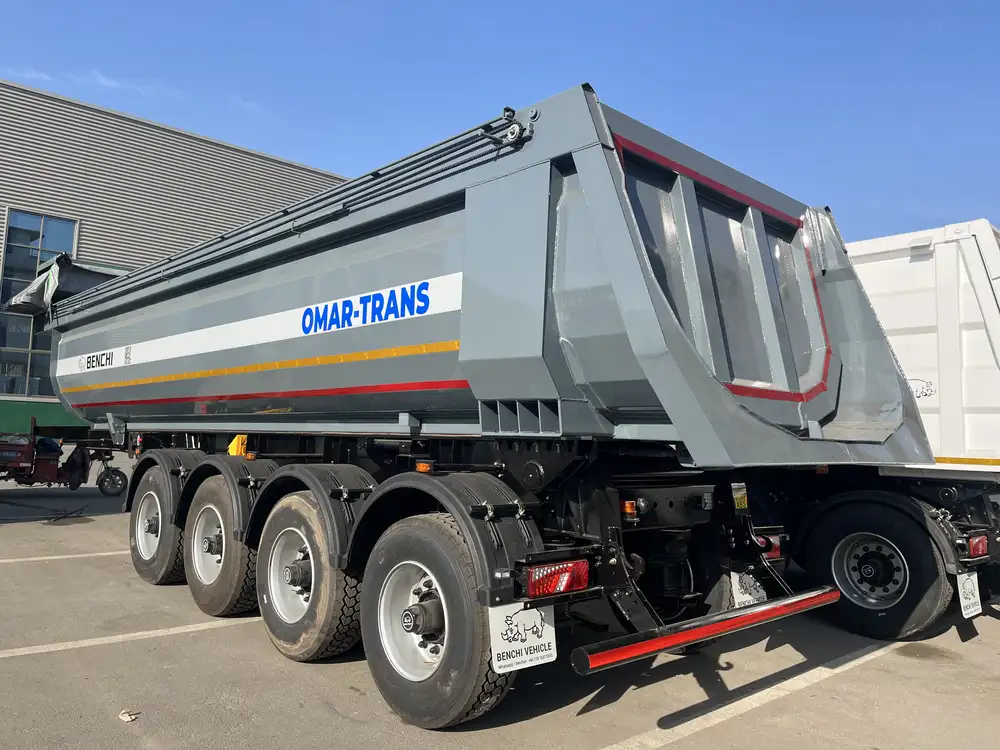When it comes to the operation of semi-trailer systems, particularly in the transportation industry, understanding the functionality of various components is paramount. One crucial element is the trailer dump valve. This component plays a vital role in the efficient operation of air brake systems and related functionalities. In this detailed article, we will dissect the components, mechanics, and operational contexts of trailer dump valves so that you can fully grasp their importance and functionality.
What is a Trailer Dump Valve?
Overview
A trailer dump valve, also known as a delivery valve or control valve, functions as a critical component in pneumatic and hydraulic systems, primarily in trailer braking and dumping mechanisms. This valve operates by controlling the flow of air or hydraulic fluid to and from various parts of the trailer, allowing for precise control over braking pressure and dump operations.

Key Functions
The main functions of a trailer dump valve include:
- Regulating Airflow: It controls the pressurized air flowing to the trailer’s brakes, playing a major role in trailer safety and efficiency.
- Dumping Mechanism Control: It allows for the controlled release of material in dumping trailers, providing easier unloading and operational efficiency.
- Fail-Safe Operations: In case of an air leak, the dump valve ensures that the trailer’s brakes are engaged, ensuring safety during emergencies.
Types of Trailer Dump Valves
1. Single Check Valve
This is the most basic form. It allows air to flow in one direction only and is primarily used for simple air systems. It ensures that, in case of pressure loss, air does not flow back into the system.

2. Double Check Valve
More sophisticated than the single check, this valve type offers improved safety features and functionality. It enables air to flow in both directions and is primarily utilized in systems that require dual control, such as when operating double trailers.
3. Quick Release Valve
Designed to optimize the speed of air release, this type of valve allows for additional control over the dumping or unloading process, improving operational efficiency during material discharge.
4. Electro-Mechanical Dump Valve
This advanced type blends automated systems with manual controls, allowing for electronic activation. It is ideal for modern trailers equipped with sophisticated onboard technology.

5. Hydraulic Dump Valve
Often utilized in specialized trailers, hydraulic dump valves operate through hydraulic fluid to facilitate the flow, ideal for very heavy loads requiring powerful mechanisms.
The Mechanics Behind Trailer Dump Valves
How It Works
Understanding how a trailer dump valve operates is crucial for effective maintenance and troubleshooting. Here is a step-by-step breakdown of its operation:
- Air or Fluid Input: The process begins when pressurized air or hydraulic fluid enters the dump valve from the supply line.
- Control Mechanism: Upon engaging the control switch (either manual or electronic), the valve opens or closes, allowing the air or fluid to be directed to specific components.
- Pressure Regulation: The valve maintains the necessary pressure levels to ensure optimal performance, using springs and diaphragms to regulate the force applied.
- Dump Operation: For trailers equipped for material unloading, once activated, the valve releases the contents into the desired area, allowing for quick and efficient dumping.
- Brake Engagement in Case of Failure: Should air pressure drop unexpectedly, the fail-safe mechanism activates, engaging the brakes and preventing trailer movement.

Common Issues with Trailer Dump Valves
1. Air Leaks
Air leaks are common and can lead to decreased braking efficiency. If you notice that the brakes are slow to engage, it might signify a problem with the valve or connected air lines.
2. Faulty Electrical Controls
In trailers equipped with electronic controls, malfunctioning sensors or electrical connections can disrupt dump valve functionality. Regular inspections can help identify these issues before they escalate.

3. Blockages
Foreign objects or sediment can block the valve, preventing it from operating correctly. If dumping operations are sluggish, it’s prudent to check for such blockages.
4. Wear and Tear
Due to their mechanical nature, dump valves can wear down over time. This can result in decreased responsiveness. Routine maintenance schedules should include checking for signs of wear.
Maintenance of Trailer Dump Valves
Regular maintenance is imperative for ensuring the functionality and safety of trailer dump valves. Here is a structured checklist for effective upkeep:
| Maintenance Task | Frequency | Description |
|---|---|---|
| Visual Inspection | Monthly | Check for signs of rust, corrosion, or leaks. |
| Air Pressure Check | Bi-Weekly | Ensure the air pressure is within the operating range. |
| Functional Testing | After Hitches & Unhitches | Test the operation of the dump valve during loading and unloading. |
| Lubrication | Quarterly | Apply appropriate lubricants to mechanical parts to prevent rust and ensure smooth operation. |
| System Flush | Annually | Remove any built-up debris from the air lines and valve to ensure optimal functionality. |
| Electrical System Check | Bi-Annually | Inspect electrical connections and sensors for signs of wear or malfunction. |

Frequently Asked Questions (FAQs)
What Are the Signs of a Failing Dump Valve?
Some signs that a trailer dump valve may be failing include:
- Unresponsive Dumping: The discharge is either too slow or non-existent.
- Air Hissing Noises: Continuous hissing sounds may indicate an air leak.
- Brake Issues: If brakes fail to engage promptly, inspect the dump valve for possible complications.
Can I Replace the Trailer Dump Valve Myself?
While some experienced users may feel confident tackling a dump valve replacement, it is generally advisable to engage a professional, especially when dealing with air brake systems. This ensures compliance with industry safety standards and proper functionality.

How Often Should I Clean My Trailer Dump Valve?
Regular cleaning as part of your maintenance routine is recommended. Perform a detailed inspection and cleaning at least every six months, or more frequently if your operations expose the trailer to excess debris.
Conclusion
Understanding the functionality of trailer dump valves is essential for anyone involved in the trailer manufacturing, maintenance, and operational processes. Their role in regulating air or hydraulic fluid is not only pivotal to efficiency but also to safety. As a manufacturer of semi-trailers, we reinforce the importance of regular inspection, maintenance, and timely repairs of the dump valve systems to ensure your operations remain seamless and trouble-free.
For seamless performance and improved operational efficiency, consider our range of high-quality semi-trailers equipped with state-of-the-art dump valves designed for longevity and reliability. With adequate knowledge and regular maintenance, stakeholders in the transportation industry can navigate their operational challenges effectively and maximize their productivity.
Need Assistance?
If you’re experiencing issues with your trailer dump valve or need expert recommendations on the best maintenance practices, don’t hesitate to reach out to us. Our team of experts is here to provide you with tailored solutions to enhance your trailer’s functionality and longevity.



